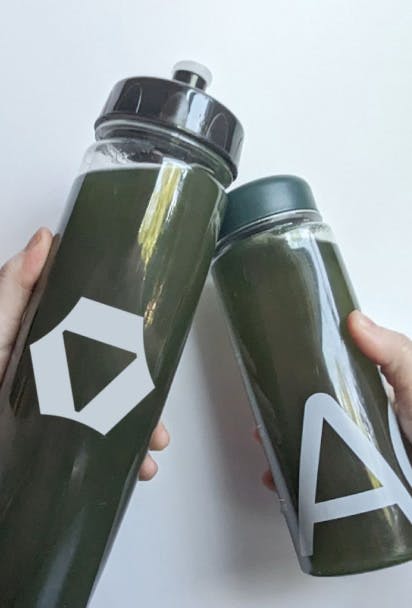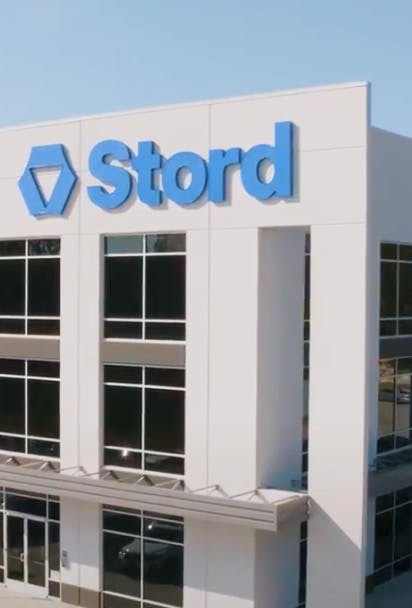June 25, 2020
Sending out and evaluating a request for proposal (RFP) is not typically a favorite assignment; it’s an involved and time-consuming process. But finding the right warehousing and fulfillment partner makes a huge difference in a company’s supply chain success, impacting shipping times, customer service and of course, the bottom line. With the right warehouse partner, your company can focus instead on building the business and getting new customers, not held back by day-to-day logistics and e-commerce or other fulfillment details.
That’s why the RFP submission is so vital for the selection process. Doing it well and asking the right questions provides insights not only into how a warehouse or partner manages its business and customer relationships, but whether they can provide service levels most important to you.
Each shipper’s goals are different, so before developing the RFP template, consider your company’s desired outcome. What are the most important factors, the ones you’re not willing to budge on? Which items are needs versus wants. Use a ranking system to order the factors by importance, making the decision process easier on the back end. Assess your own situation and what elements make your company unique, so the RFP answers can more accurately reflect your situation, with helpful evaluation criteria. That includes your expected inventory management levels, receipt by pallet or box, delivery numbers, seasonal surges, and carrier requirements.
And then get ready to evaluate the RFPs based on answers to these three questions.
How do you minimize error rates?
A lot rides on error rates. Even a rate of 1-2% is high, when you consider how many resources are involved with correcting those errors. If the customer receives the wrong item or it’s sent to the wrong address, that adds time and expense to the process, as new items must be resent, and initial items are either written off as a loss or costs come from reverse logistics. Customers are less likely to continue working with a company when errors occur.
Find out what a warehouse and third-party logistics provider (3PL) partner does to minimize error rates. Are they using technology to help with picking and packing? Is there an order confirmation, continuous improvement and quality control programs in place? How do they handle the errors when they occur? What do their current warehouse customers say about the error rate and handling? Understanding how the warehouse remedies exceptions is important as well, since exceptions eat up time and involve decision-making.
Can you integrate with our ERP?
In order to run an efficient operation, it’s important for a warehouse to integrate with your ERP system. You may not have a warehouse management system or transportation management system, making it attractive to plug into theirs. That compatibility and willingness to work with your ERP means your process runs more smoothly. Stord provides end-to-end visibility with its software and dashboard, connecting the ERP along every supply chain stage, including the warehouse. This provides complete supply chain management visibility, even among previously disconnected nodes.
Do you have flexible capacity?
One advantage of not running your own warehouse is the ability to scale without capital requirements. Make sure that the RFP covers the capacity issue and allows flexibility if you need it. Working with a company that has a network of geographically distributed warehouses increases opportunities for efficiency as your company grows and enters new markets. Using a distributed network allows you to put fewer items in more warehouses, closer to the customers. That can decrease shipping time and costs, and increase customer service. If your business has seasonal spikes, include that in the RFP to ensure that the 3PL partner or warehouse can handle that at a reasonable cost. Find out whether they have the ability to grow with you, or if space is limited.
Stord helps companies find the best warehouses for their needs, while giving them the flexibility to grow quickly and easily in the same network. The Stord software and dashboard integrates easily with all ERPs and provides the visibility needed to connect the dots, so a company can see its products from procurement to delivery. See how Stord helped one company source a new location, getting it up and running in a week in this case study.




